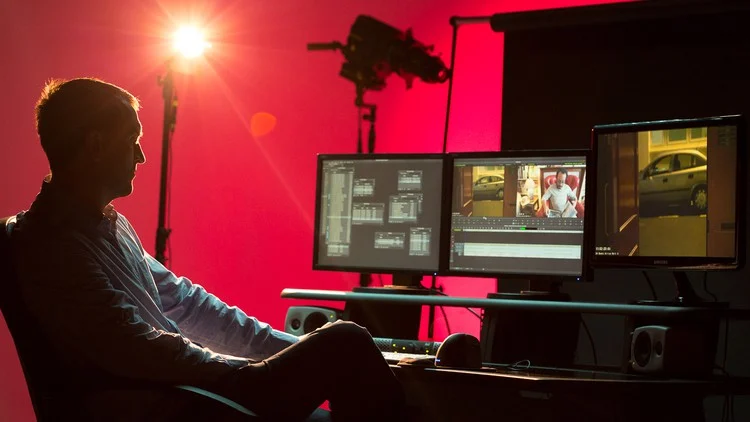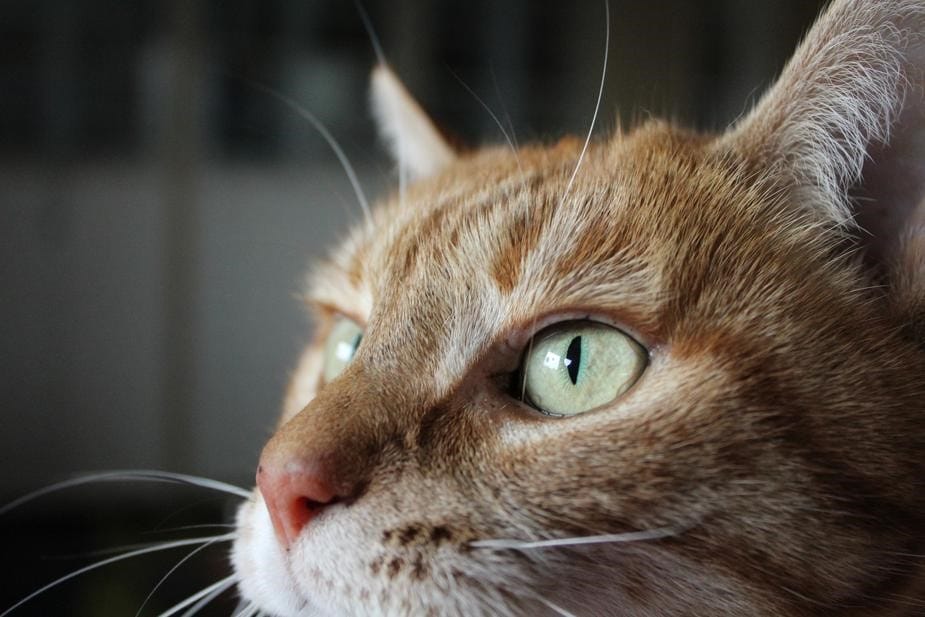Reader Blogs
How 7-Day Editing Courses Boost Creativity

Structured Learning Unlocks Expression GIMP
Clear plans help transform creative thinking into action
Creative minds often brim with ideas but lack a clear route to transform them into visuals. A 7-day online image editing course offers a structured path, channeling artistic energy into productive output. Each day introduces a specific concept or tool, allowing learners to focus without distraction. This structure removes the overwhelming feeling that often comes with unstructured experimentation. Instead, guided lessons help participants build confidence as they steadily gain skills, freeing them to express concepts more boldly by the end of the course.
Short Timeframe Encourages Focus
Working within limits sharpens attention and motivation
A time-limited format naturally creates urgency and direction. When learners know they only have seven days, they’re more likely to dive into tasks, push boundaries, and try new ideas. Instead of putting things off, they test techniques immediately. The constraint becomes a catalyst. Each assignment, whether about lighting effects or layering, becomes an opportunity to explore variations. This approach pushes learners to act decisively, helping them shed hesitation and embrace imperfection as part of growth. It’s not about getting everything right—it’s about creating consistently and learning fast.
Experimentation Becomes a Daily Habit
Routine practice removes fear of making mistakes
Daily lessons foster a rhythm that encourages frequent experimentation. With each day offering a new creative challenge—like building a mood board, editing a thematic portrait, or exploring gradients—students begin to treat creativity as a practice, not a mystery. Trying, failing, revising, and trying again becomes part of the process. Tools like GIMP allow participants to test ideas freely without harming their originals. This non-destructive workflow gives learners the confidence to try unusual techniques or bold effects, knowing they can revise and learn from every edit.
Themed Projects Strengthen Visual Language
Creating with intention brings clarity to design choices
One powerful method used in 7-day courses is themed project creation. Tasks like crafting a mood board based on a word, editing images to fit a color palette, or designing a fictional magazine cover guide learners to think visually and conceptually. These themed exercises help develop a visual voice—something every artist needs. Instead of focusing on technical accuracy alone, participants begin to shape meaning, tone, and emotional depth. Projects with personal or imaginative themes bring individuality into every edit, making the creative process feel purposeful and rewarding.
Creative Freedom Within a Framework
Boundaries provide the space to explore safely
Creativity flourishes within thoughtful limits. Structured courses don’t restrict—it’s the opposite. By narrowing the focus (for example, dedicating one day solely to learning how shadows affect mood), learners are free to explore deeply. The framework becomes a safety net, allowing freedom without chaos. This clarity helps learners who feel creatively blocked or overwhelmed. With one clear goal per day, learners can push creative limits while knowing exactly where they stand in the learning process. The structure supports, rather than contains, their imagination.
Personal Style Begins to Emerge
Discovering what makes your work uniquely yours
Repeated editing in a short period naturally reveals patterns in choices—color preferences, textures, subject matter. Learners begin to notice their own tendencies and start refining them. A course might ask for two completely different edits of the same image: one dramatic, one soft. In this process, students become more aware of what feels most authentic to them. Feedback and reflection embedded in these daily tasks lead to a stronger sense of personal direction. As they gain technical control, learners are empowered to shape a style that is distinctly their own.
Reflection and Revision are Part of Creation
Evaluating work leads to deeper understanding
Unlike random experimenting, structured online lessons build in time for review. Students are often asked to revisit earlier edits and refine them using new tools learned later in the course. This reflective process teaches the value of looking back, questioning choices, and evolving ideas. For example, an image edited on Day 2 might be revised with gradient overlays on Day 6, transforming the visual mood entirely. Understanding how even subtle tweaks can shift perception helps students become more intentional editors and clearer communicators.
Tools Become Creative Extensions (Important!)
Confidence with technique boosts creative control
One of the greatest creative advantages of a 7-day structure is how quickly learners become comfortable with their tools. By the final day, tools like the brush tool, masking, layering, and filters stop feeling foreign—they become natural. With GIMP , for instance, students learn not just where the features are, but how to use them to serve creative goals. That level of comfort turns editing into a flow state, where technique enhances creativity rather than limiting it. Learners feel free to focus on vision, not mechanics.
Conclusion: A Short Course with Long-Term Impact
Creative momentum that lasts beyond the lessons
A 7-day online image editing course does more than teach a few tools—it unlocks the learner’s creative process. Through structured challenges, reflection, and daily effort, students learn to work with intention, develop style, and trust their instincts. Creativity is no longer occasional or uncertain—it becomes a daily practice fueled by purpose and curiosity. With each image, learners gain not just skills, but the confidence to continue experimenting and expressing visually long after the course ends.










